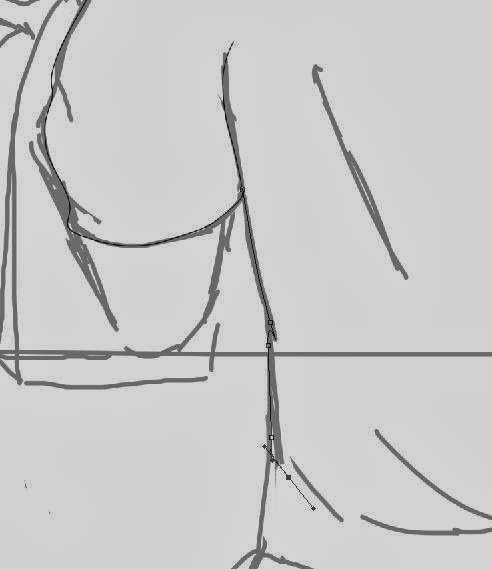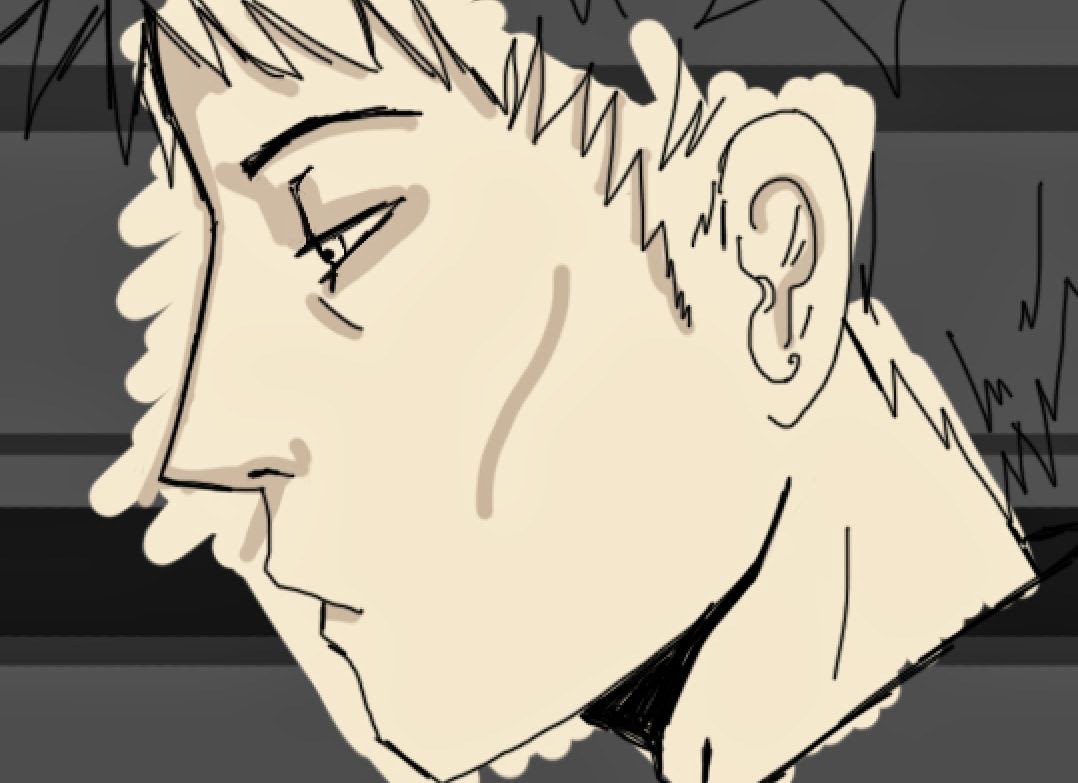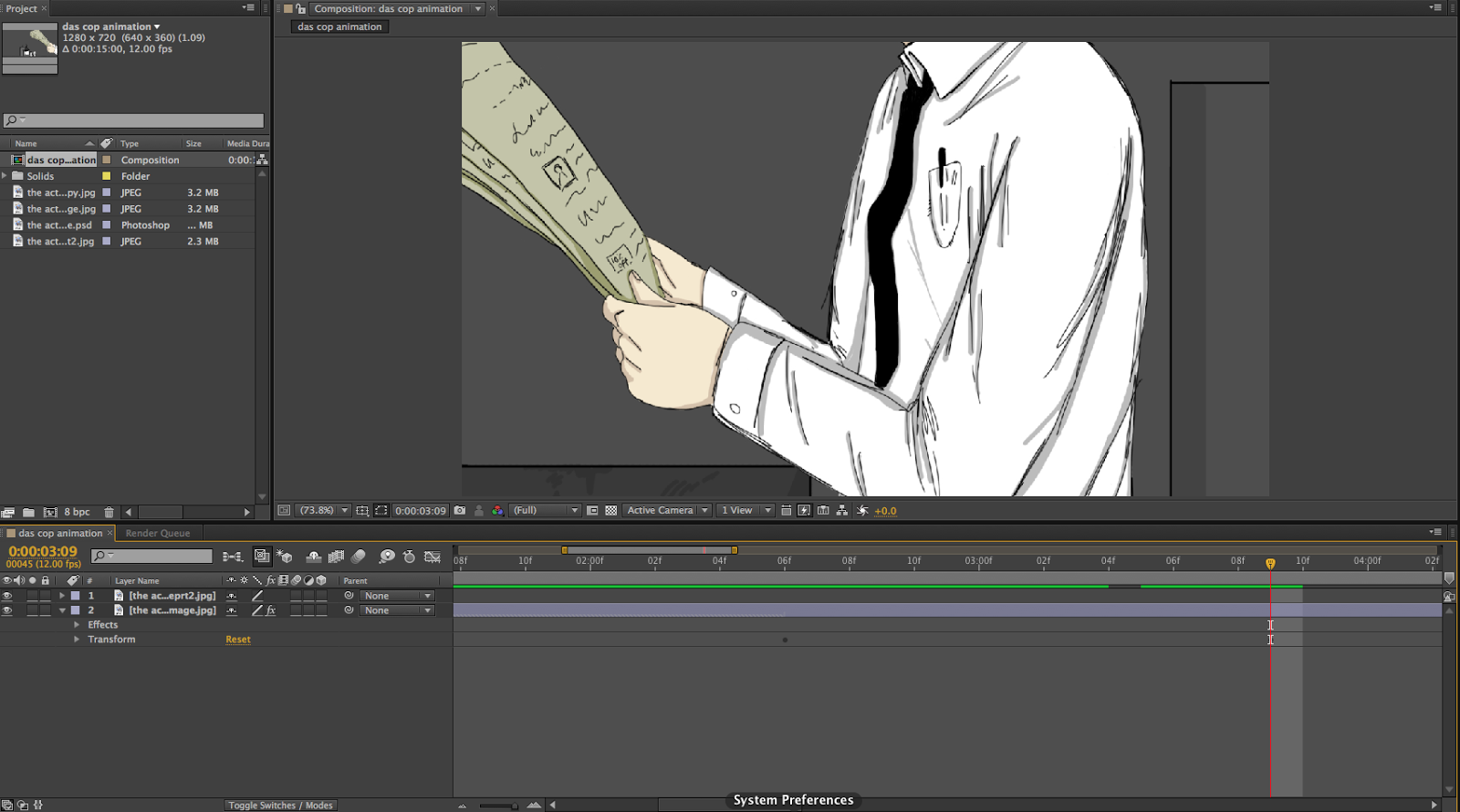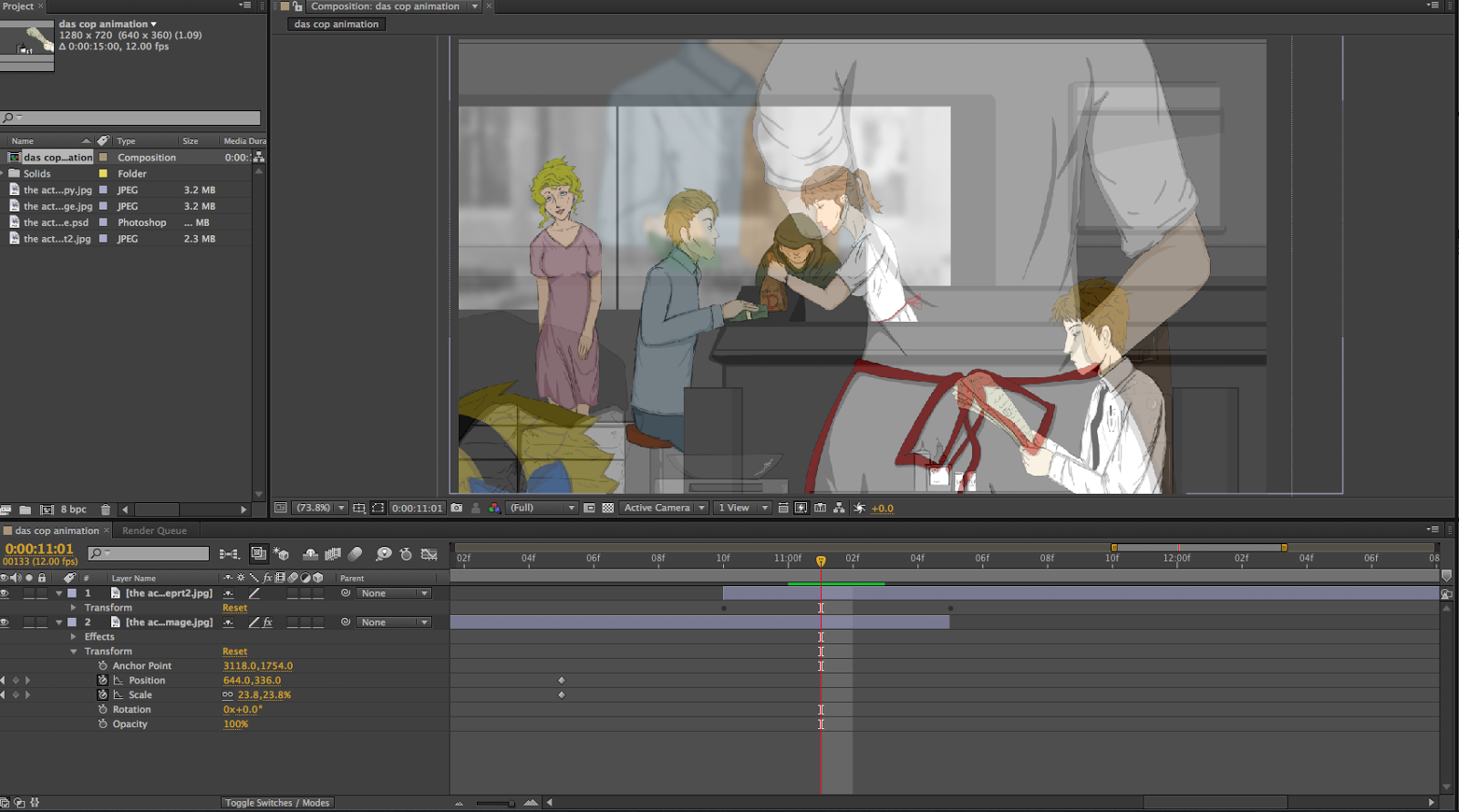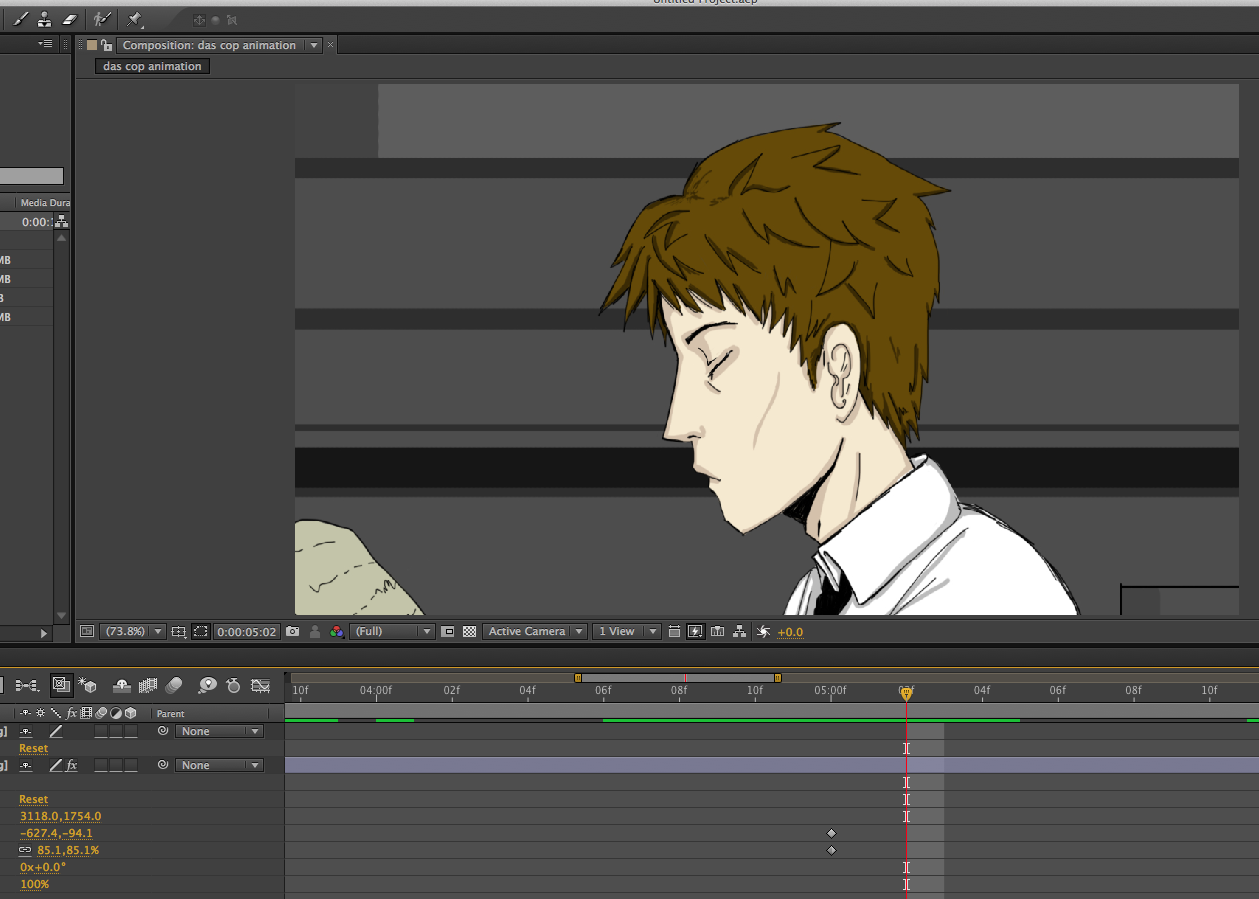I believe that this worked well as comparing the image back to the previous, I could tell how much the previous image did not relate to drugs. Adding this little part of the imagery worked well as the transition between the beginning zoom in image would not normally be thought to be put together.
Using After Effects to animate worked better than using Photoshop as it was less time consuming and easier to use. For example if I had used Photoshop frame by frame, I would have more frames to make up for the time duration and it would not run as smooth, as I would have to move the image for each frame, which would have made the animation seem jagged.
I feel that my animation works well as it relates to the idea I had in mind and relates to the essay, with the deception of the avant-gardist work, depicting what seems to be a normal landscape to one which actually relates to a red light district.
I really enjoyed this make and do brief as it was interesting trying to portray a part of the essay into an animation. As I had chosen to write about the avant-garde, I found it difficult to think of ideas that did not involve me trying to create an animation that experiments with different animation techniques and media as that was too obvious and hard to try and make something that would be deemed to be avant-garde, I wanted something that took influence from the essay, so using this idea from the start of my essay, I believe that it has worked well, as the idea captures the thoughts of the avant-garde artists.

